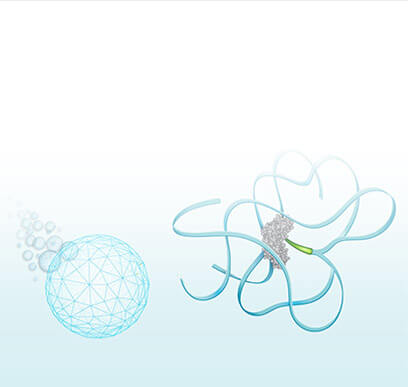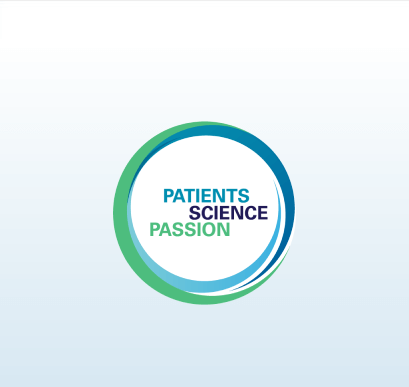Oncology
Building on our success in endocrinology rare diseases, we aim to advance cancer treatments and improve patient outcomes
Building on our success in endocrinology rare diseases, we aim to advance cancer treatments and improve patient outcomes
Over the last few decades, groundbreaking oncology research has accelerated our understanding of cancer biology and the mechanisms involved in these devastating diseases. This knowledge has led to the development of new treatments – from immunotherapy to targeted therapies – that have transformed cancer care.
With TransCon®, we aim to advance the field and go one step further by creating therapies with better efficacy without increasing toxicity. The result could be solving the limitations of current treatments to ultimately help improve patient outcomes.
Our TransCon technologies – sustained systemic release and sustained localized (intratumoral) release – may advance treatment of cancer. Hear from our scientists about what TransCon technologies are designed to do.
Our vision in oncology is to use our innovative technologies to create best-in-class therapies and make a meaningful difference for patients.
AN INNOVATIVE APPROACH
Our TransCon technologies -- sustained systemic release and localized (intratumoral) release – can be applied to clinically validated targets and pathways from diverse drug classes, including small molecules, peptides and proteins, targeting different aspects of the cancer immunity cycle. These technologies can also be combined in new approaches.
We believe TransCon is well-suited for oncology applications given the large number of validated targets with known limitations. By applying our unique algorithm for product innovation to clinically validated targets, we believe we can increase the likelihood of success, accelerate timelines to the clinic and improve outcomes currently limited by suboptimal efficacy and systemic toxicity.
Our TransCon product candidates offer the potential to treat more patients with new combination and multi-agent regimens that otherwise would not be feasible.
TransCon technologies enable the sustained release of a parent drug – from approximately one day to over six months – depending on the treatment goal. This means therapeutic levels can be maintained without the need for frequent administration, avoiding high peaks in circulating drug levels. With this approach, we are working to prolong the exposure of drugs at efficacious levels, without reaching the high levels of toxicity that often complicate oncology therapeutic regimens.
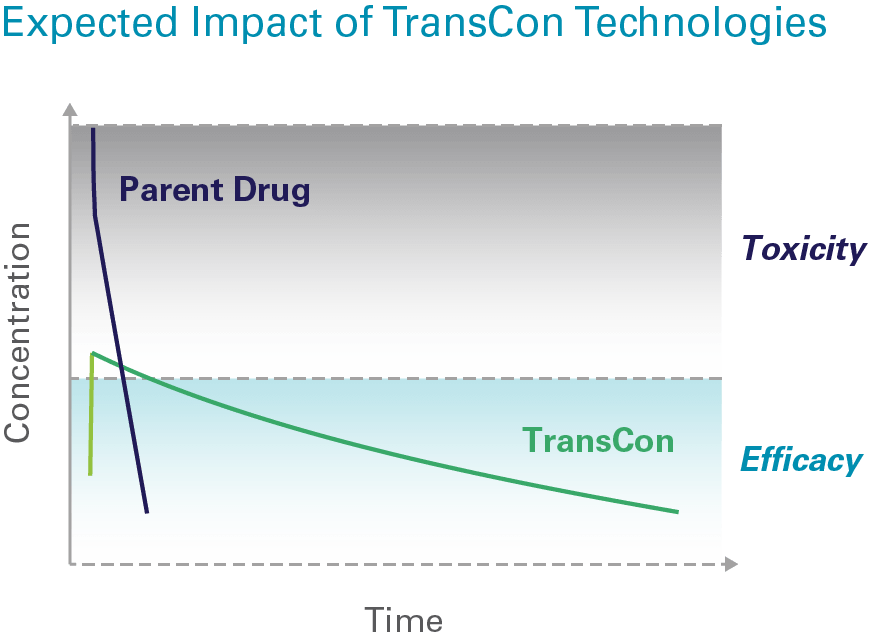
TransCon Technologies in Oncology
LOCALIZED (INTRATUMORAL) release
- Applies TransCon technology to release a therapeutic inside the tumor to minimize systemic toxicity and maximize tumor exposure
- Uses a unique hydrogel carrier to provide sustained levels of drug locally at the tumor site
- Designed to facilitate anti-tumor effects via intratumoral concentrations and activation of systemic immune response
- Hydrogel carrier system recognized as an innovative technology and part of the U.S. FDA Emerging Technology Program
Systemic release
- Foundation of our endocrinology rare disease pipeline
- Enables design of potential product candidates that provide prolonged drug exposure at efficacious levels without reaching toxic levels
- Soluble carrier inactivates and shields the drug from clearance, allowing sustained systemic release of the drug under physiologic conditions
Oncology pipeline
We have one oncology candidate in clinical development, TransCon IL-2β/y.
TransCon IL-2 β/γ
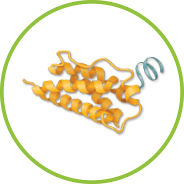
Technology: Systemic
- Designed for prolonged exposure of an interleukin-2 (IL-2) variant that selectively activates the IL-2 receptor beta/gamma (IL-2Rβ/γ) with minimal binding to the IL-2 receptor alpha (IL-2Rα)
- Potential to provide potent anti-tumor effects with reduced risk of toxicity
Developing therapies that facilitate the immunity cycle

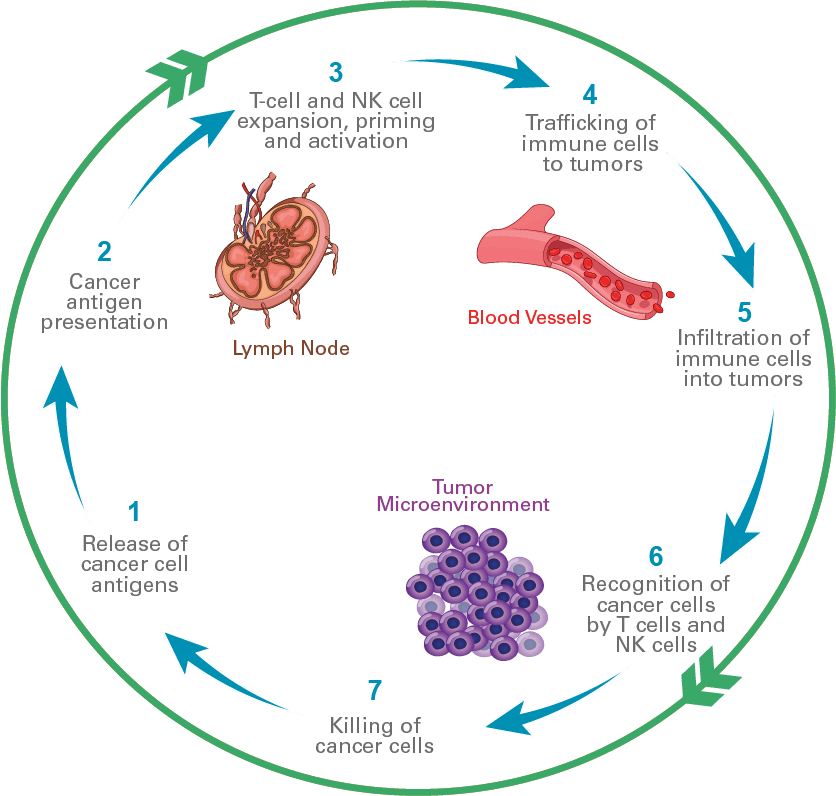
TransCon TLR7/8 Agonist
Designed to activate antigen-presenting cells and enhance antigen presentation and, thereby, promote activation of cytotoxic immune cells (steps 2 and 6).
TransCon IL-2 β/γ
Designed to aid T-cell and NK-cell expansion, priming and activation, as well as infiltration of immune cells in tumors. (steps 3 and 5).
Additional TransCon Candidates
TransCon product candidates using systemic and localized (intratumoral) approaches have the potential to affect steps in the immunity cycle.
